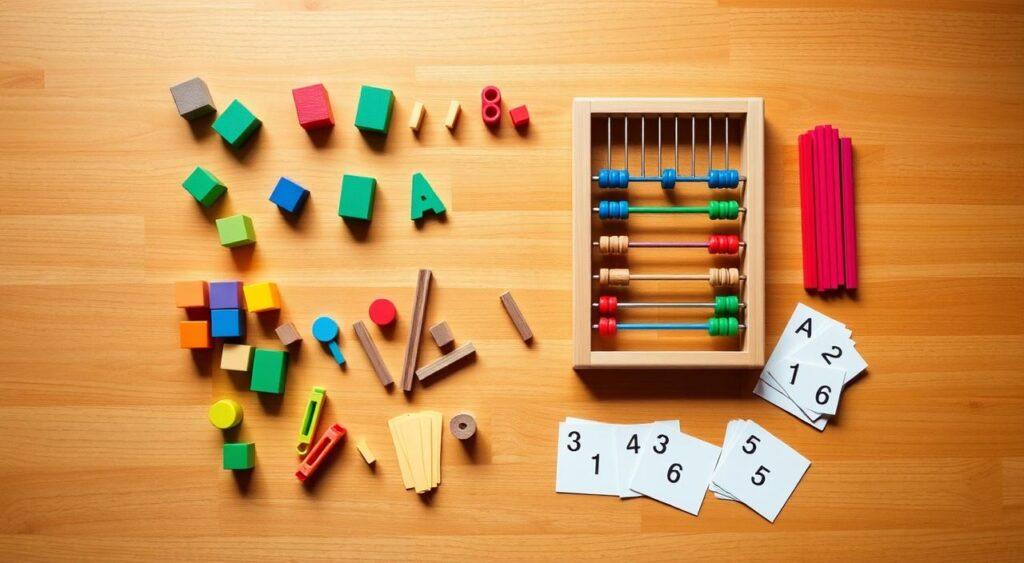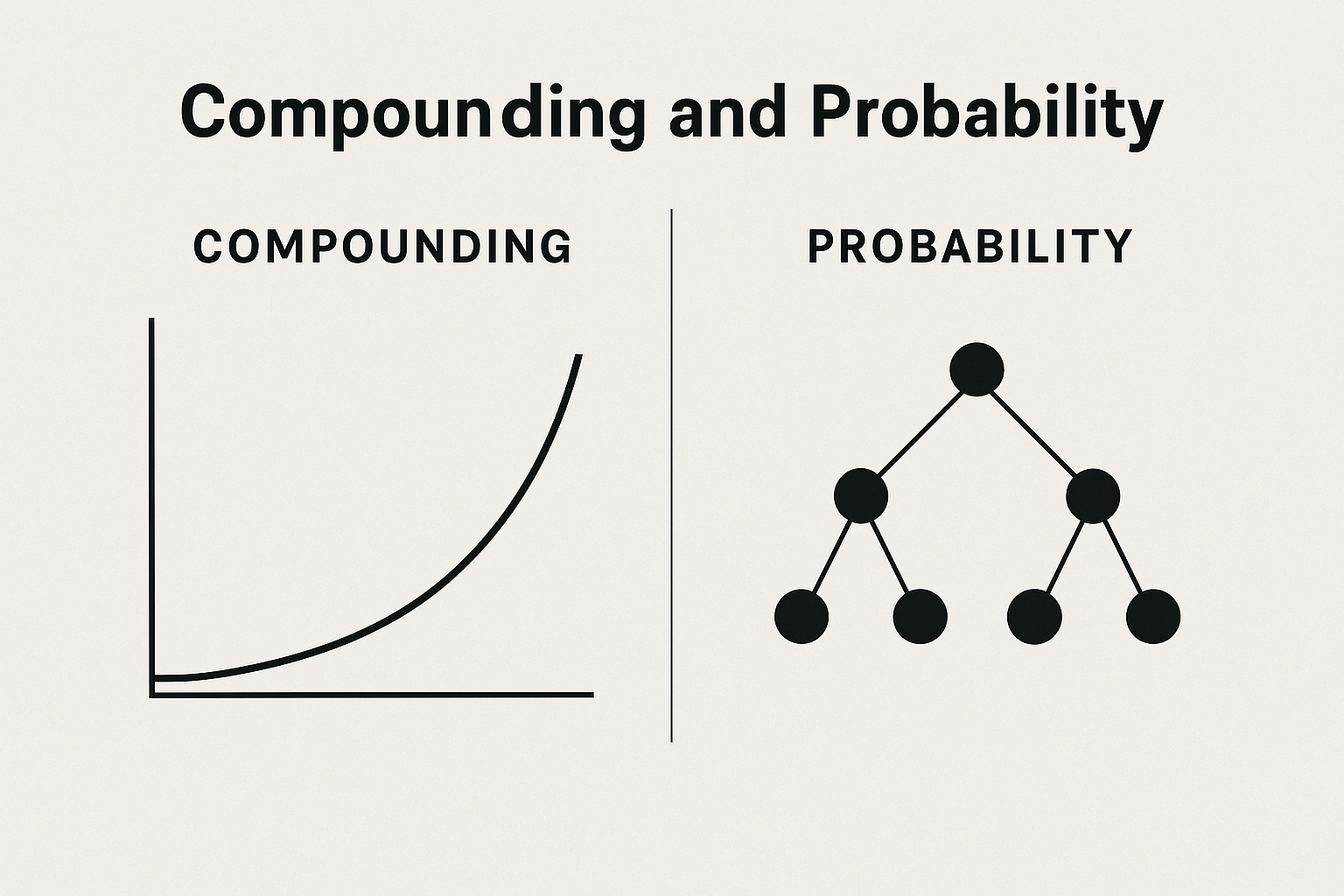Imagine having a tool that helps you see every possible choice in front of you—like a map for better decisions. That’s exactly what the permutations and combinations mental model offers. It’s a way to organize options, weigh outcomes, and cut through confusion in business scenarios. And guess what? You don’t need to be a math expert to use it.
Think of mental models as shortcuts for thinking. Charlie Munger, the legendary investor, called them a “latticework” of ideas. They help simplify complex problems. For example, how many ways can you arrange your schedule or prioritize tasks? This model gives you clarity by breaking down possibilities step by step, making it a vital part of effective decision-making.
Why does this matter? Life throws endless choices at us—big and small. Without structure, decisions feel overwhelming. Math tools like this one turn chaos into order. They let you see patterns, calculate risks, and focus on what truly works. No jargon, just practical insights that can be applied in various case scenarios.
In this article, we’ll explore how this approach improves everyday thinking. You’ll learn to spot hidden opportunities and avoid common mistakes. Ready to make smarter choices? Let’s dive in.
Key Takeaways
- The permutations and combinations mental model simplifies decision-making by organizing complex choices.
- Math principles, including permutations and combinations, turn overwhelming options into manageable steps.
- Charlie Munger’s “latticework” idea combines many different mental models for better results.
- This approach helps identify patterns and reduce decision fatigue through various probability elements.
- Practical examples make these concepts easy to apply daily in different case scenarios.
Introduction to Mental Models and Decision-Making
Every day, we face choices that shape our lives—from what to eat for breakfast to career moves. These decisions, while seemingly mundane, can have significant impacts on our overall well-being and future opportunities.
How do we cut through the noise? That’s where frameworks for thinking come in. They’re like invisible guides helping us sort through options without getting stuck.
By employing these mental models, including various permutations and combinations, we can clarify our priorities, weigh the pros and cons of each choice, and ultimately make more informed decisions that align with our goals and values. This article highlights many different ways to utilize these models in our daily lives.
Why Thinking Tools Matter
Imagine planning a road trip. You wouldn’t drive blindly—you’d use a map. Mental models work the same way. They simplify messy situations into clear paths. For example, asking “What’s the worst that could happen?” helps spot risks early. It’s not about being right every time—it’s about avoiding big mistakes.
This is where permutations and combinations of different mental models come into play, providing a way to navigate complex problems and enhance your decision-making process.
Learning from the Masters
Charlie Munger, Warren Buffett’s business partner, swears by using ideas from different fields. He once said, “You must know the big ideas in all disciplines.” Why? Because real-world problems don’t fit neatly into categories. A biology concept might solve a money problem. A physics principle could fix a relationship hiccup.
Here’s the kicker: You already use these tools without realizing it. Ever made a pros-and-cons list? That’s a basic mental model! The goal is to collect more of these reliable patterns—like having a Swiss Army knife for your brain. These patterns can be thought of as permutations combinations that help you navigate through complex problems.
What if you approached tough choices with the same calm as tying your shoes? With practice, you can. Start small. Next time you’re deciding between two options, ask: “Which choice leaves more doors open?” That’s not just clever—it’s how top investors like Charlie Munger stay ahead, using the evolution of mental models to improve their decision-making process.
Foundations of Mental Models for Better Decisions

Ever wonder why some people make decisions quickly and confidently? It starts with foundational knowledge. Just like building a house needs a solid base, clear thinking requires simple tools from mathematics and logic.
Think addition, subtraction, and basic probability—skills you learned years ago but might overlook today. This is an example of how mastering elementary math concepts can improve your decision-making process.
Let’s say you’re splitting a dinner bill with friends. Misjudging percentages can lead to awkward moments. Or imagine planning a weekend—how you allocate time determines your enjoyment.
These everyday problems show why mastering elementary math matters. It turns guesswork into precise calculations and helps you evaluate many different paths to a solution.
Here’s the secret: Complex ideas like permutations rely on these basics. Counting possible outcomes in a meeting? That’s arithmetic dressed up for real life. Probability helps weigh risks—like choosing between job offers or investment options.
The stronger your grasp of simple concepts, the easier advanced models become, such as understanding math permutations combinations mental model and the different types of permutation and combination problems you may encounter. The chance of making better decisions increases as you practice these skills over the days.
Start small. Track daily expenses using addition. Estimate commute times with averages. These habits build a toolkit for bigger decisions. Remember, even Warren Buffett’s strategies rest on core principles anyone can learn. You don’t need fancy formulas—just the willingness to see numbers as allies, not enemies.
The Permutations and Combinations Mental Model
What if you could map out every possible outcome before making a choice? Let’s break down two powerful tools that make this possible. One deals with sequence, the other with selection. The question is: what is the best way to understand the chance of each permutation or combination?
When Sequence Changes Everything
Imagine arranging three colored hats on a shelf. Red first, then blue? Blue first, then red? Each arrangement is unique. This is where permutations shine—they count possibilities when order matters. For 5 books on a shelf, there are 5×4×3 = 60 ways to arrange them.
Selection Without the Stress
Now picture choosing two ice cream flavors from five options. Chocolate-vanilla is the same as vanilla-chocolate here. That’s combinations—order doesn’t change the result. The math? Divide permutations by redundant arrangements. Five flavors paired two ways give 10 unique duos, which is a great example of how basic concepts in elementary math permutations can illustrate combinations.
Stock traders use these ideas daily. An algorithm testing buying/selling sequences (permutations) differs from selecting asset groups (combinations). One hedge fund manager shared: “We calculate 1,200 potential trade sequences weekly—but only 30 strategic asset mixes.” This evolution of trading strategies reflects a critical question in finance.
Restaurant menus show this too. A $12 meal deal letting you pick 3 sides from 6 options? That’s 20 possible combos. Knowing this helps owners predict ingredient needs and pricing strategies, a vital part of running a successful business.
Probability ties it all together. Flipping a coin three times has 8 possible sequences (permutations). But only 4 unique outcome sets (combinations) for heads/tails. This math turns guesswork into calculated forecasts—whether you’re launching products or balancing investments. Understanding these types of mental models can greatly enhance your decision-making process.
Practical Strategies to Build and Use Mental Models

Tools only work if you use them—here’s how to make thinking frameworks stick. Start by identifying many different recurring problems in your life. Is decision fatigue slowing you down?
Do missed opportunities haunt you? This article illustrates how structured approaches can turn these struggles into strengths by providing a way to combine various mental models into your decision-making process.
Step-by-Step Process for Applying Frameworks
1. Learn core concepts first. Focus on 3-5 versatile tools like inversion or second-order thinking. A project manager might use inversion to ask: “What would make this team fail?” Then avoid those traps.
2. Practice daily. Analyze news headlines using probability. Evaluate grocery choices through cost-benefit analysis. Small wins build confidence.
3. Cross-pollinate ideas. A teacher improved parent meetings by applying Munger’s latticework method, borrowing negotiation tactics from sales training.
| Traditional Approach | Munger’s System |
|---|---|
| Single solution focus | Multiple model integration |
| Reactive problem-solving | Preemptive pattern recognition |
| Domain-specific knowledge | Cross-disciplinary borrowing |
Lessons from Charlie Munger’s System
Munger’s genius lies in consistent application, not complexity. He reviews his models weekly—like a mechanic tuning engines. When facing a tough choice, he asks: “Which mental models apply here?” Then tests multiple angles.
Try this: Next time you’re stuck on a problem, list three possible frameworks as an example. A marketing director increased campaign ROI by 40% using this selection process.
This type of structured course accelerates mastery, but daily experimentation matters most. Your brain’s toolkit grows one decision at a time through this combination of strategies.
Mathematics in Mental Models: Beyond Basic Arithmetic
Numbers shape our world in ways we often overlook—like hidden threads weaving through daily choices. Think of how you organize tasks or split costs with friends. These aren’t just random acts. They’re built on elementary math principles that power smarter decisions in every number-based course of action.
Why Numbers Matter in Everyday Logic
Take factorials, for example. Calculating 5! (5×4×3×2×1) isn’t just for math class. It’s how you determine 120 unique ways to arrange books on a shelf. This same principle helps forecast outcomes in business launches or project timelines.
Ever notice how small choices add up? Saving $10 weekly grows to $520 in a year—simple addition with exponential results. Compare this to compound interest: $100 at 5% yearly becomes $163 in a decade. Both show how time amplifies basic math.
| Daily Math | Long-Term Impact |
|---|---|
| Tracking expenses | Predicting yearly budgets |
| Arranging 3 tasks | Optimizing monthly workflows |
| Choosing 2 meal options | Planning annual nutrition goals |
Patterns emerge when you look closely. Selecting team members for a project? That’s combinations logic. Scheduling meetings? Permutations in action. The more you practice, the clearer these connections become.
Start with one concept this week. Calculate how many ways you can order your morning routine. Notice how number patterns reveal efficiency gaps. Over days and years, these insights compound—turning guesswork into precision.
Integration of Mathematical Concepts into Daily Decisions

Numbers quietly shape our daily choices, from coffee orders to career moves. How? By turning abstract ideas into tools for clarity. Let’s explore two powerful principles that turn guesswork into strategy.
Leveraging Compounding and Probability
Ever forgotten an umbrella on a 30% rainy day? That’s probability in action. We use it to weigh risks without realizing—like guessing traffic or stock trends. A 5% daily productivity gain becomes 1,825% yearly through compounding. Small choices stack up, and every number counts.
Investors use these principles for portfolio growth. But parents do too. Saving $50 monthly becomes $6,000 in a decade. Time magnifies simple math. Missed opportunities often stem from ignoring these number patterns.
Utilizing Sequence and Order for Strategic Planning
Order changes outcomes. Imagine two work schedules:
| Chaotic Day | Structured Day |
|---|---|
| Check emails first | Prioritize key tasks |
| Random meetings | Block focused work time |
| Late lunch crashes | Energy-matched breaks |
The right sequence boosts results. Meal prepping Sundays? That’s strategic ordering. Even strategic frameworks in tech rely on step-by-step logic.
Here’s the secret: Math isn’t about equations. It’s about seeing paths. What if you treated time like money—investing hours where they compound? Or mapped weekend plans using probability? Start small. Track one daily choice this week. Notice patterns. Adjust.
Conclusion
What separates good decisions from great ones? Often, it’s seeing patterns others miss. The permutations and combinations mental model helps untangle complex choices, whether you’re strategizing business moves or planning family meals. Like a chef balancing flavors, this approach lets you weigh options systematically.
Consider how order impacts outcomes in real life. Arranging tasks by priority (permutations) differs from selecting team members (combinations). One focuses on sequence, the other on synergy. Both reveal paths hidden in chaos.
Small shifts create big change. A manager reworking meeting agendas saved a number of 3 hours weekly. A parent using selection logic streamlined weekend plans. These aren’t math tricks—they’re lenses for clearer thinking.
Your toolkit grows through practice. Revisit these concepts yearly. Track how your decision skills evolve. Problems become puzzles waiting for creative solutions.
Ready to start? Grab a notebook. Next time you face multiple choices, map them two ways—once considering order, once without. Notice what changes. Over time, this habit becomes second nature, turning overwhelm into opportunity.


